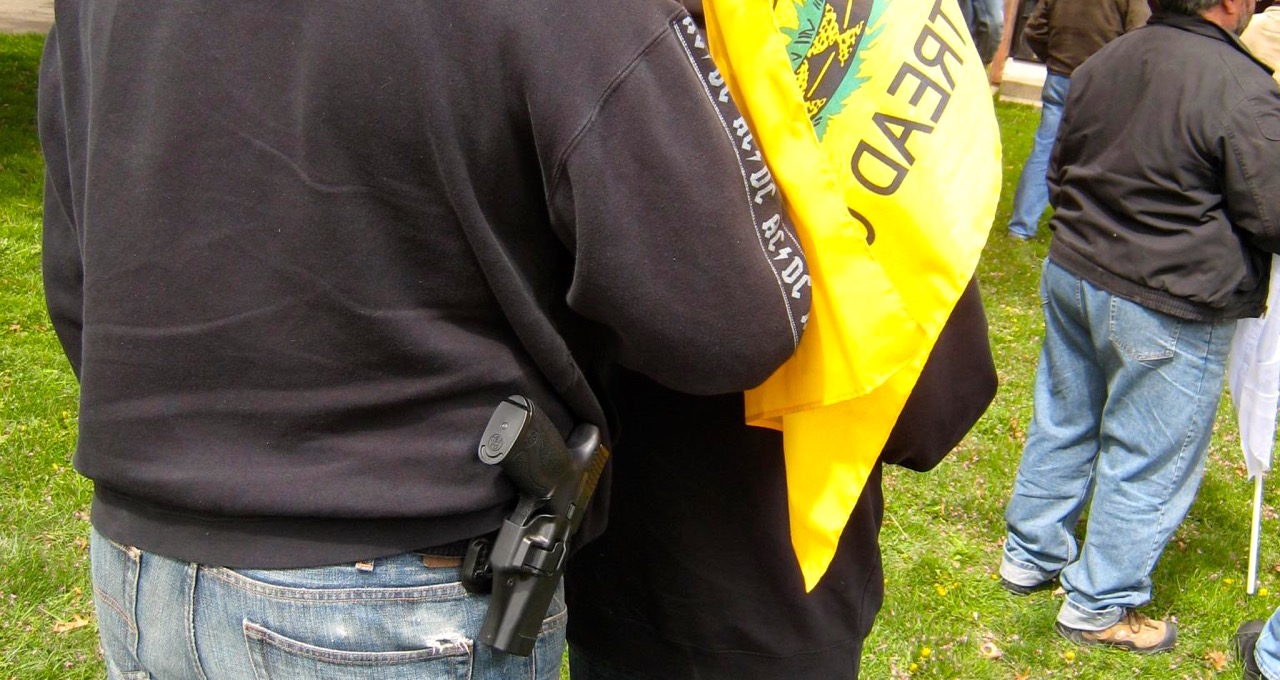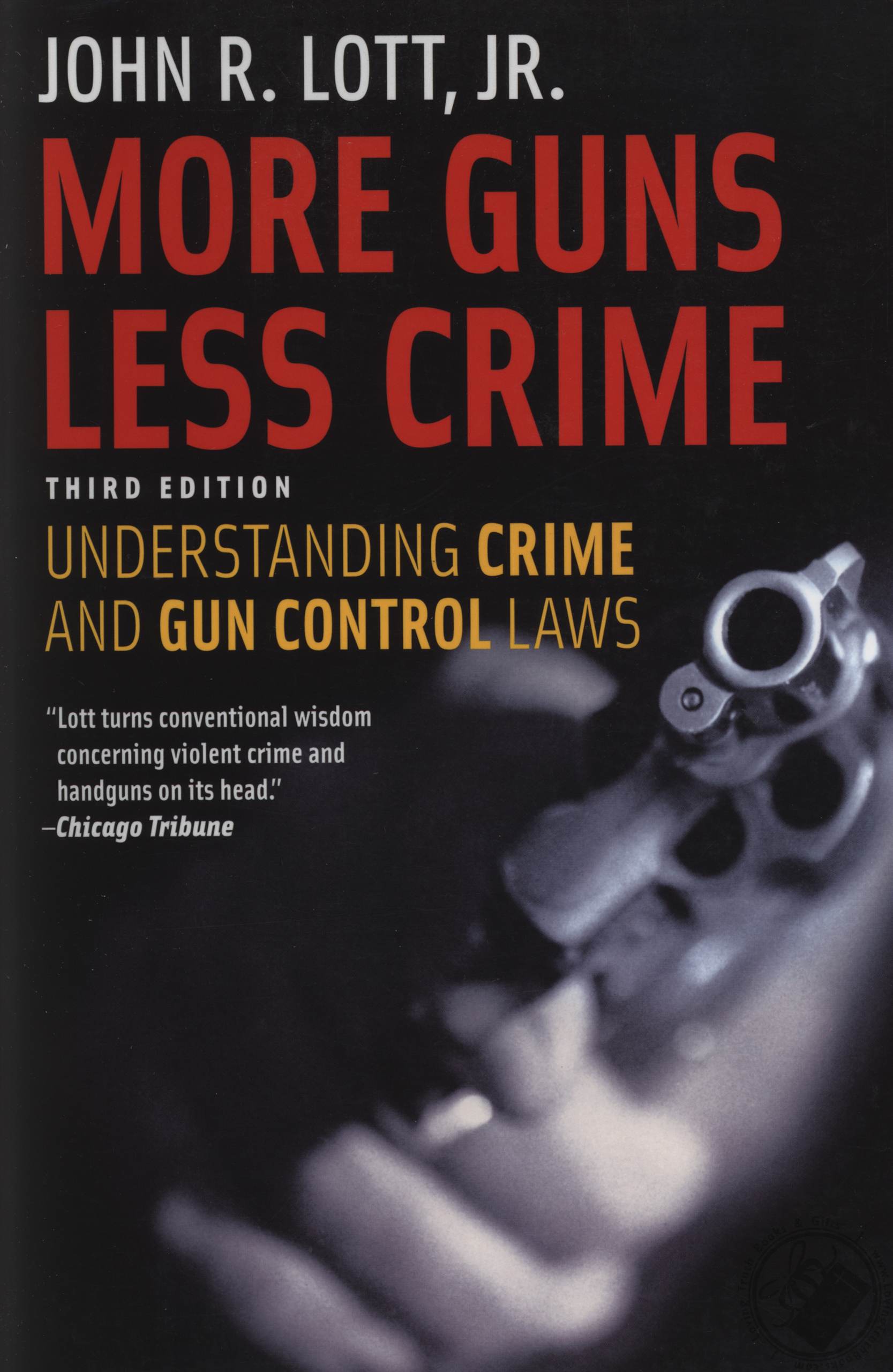More Guns, Less Crime?

Lurid images of scenes devastated by psychopathic mass shooters and crime-ridden urban centers like Chicago make us question such an assertion.
Throughout the 1980s and 1990s, experts argued that more guns in the hands of citizens would lead to blood on the streets, Wild West shootouts, and all sorts of mayhem.
Despite the fearmongering, numerous states went ahead and passed right-to-carry laws. These laws oblige state officials to issue concealed-carry permits to individuals who have met numerous prerequisites, such as having a nearly spotless criminal record, no history of mental illness, and passing a firearms proficiency test (depending on the state).
Were policymakers in these states onto something?

At the time Lott delved into his research, right-to-carry laws were starting to become the norm across the country. This new trend spurred Lott to analyze the impact of concealed-carry laws had on crime rates.
The result was nothing short of astonishing.
Contrary to popular belief, John Lott’s More Guns, Less Crime demonstrated how states with “shall-issue” concealed-carry laws did not see increases in crime rates. In fact, his findings even showed that these very policies played a pivotal role in reducing crime.
But what makes More Guns, Less Crime special is Lott’s uncanny ability to weave economic concepts with gun policy. The power of this text lies in its ability to make any economist or casual observer of economics feel at home, given his use of simple economic concepts to illustrate the viability of liberalized gun policies.
Lott, for example, observes the deterrent effects of right-to-carry laws:
To an economist … the notion of deterrence — which causes criminals to avoid cab drivers, “dope boys,” or homes where the residents are in — is not too surprising. We see the same basic relationships in all other areas of life: when the price of apples rises relative to that of oranges, people buy fewer apples and more oranges. To the non-economist, it may appear cold to make this comparison, but just as grocery shoppers switch to cheaper types of produce, criminals switch to attacking more vulnerable prey. Economists call this … “the substitution effect.”
The substitution effect illustrates how changes in the relative prices of goods and services affect consumption patterns. Normally, consumers substitute cheaper alternatives for luxury items when prices rise. In the context of gun ownership, when people can arm themselves, the presence of law-abiding gun owners constrains criminal activity. Criminals think twice before attacking a civilian, due to the possibility of the victim being armed. Instead, criminals opt for property crimes or other crimes that do not involve direct contact with the victim.
Similarly, Lott draws on another economic concept, externalities, to demonstrate the positive effects of gun ownership:
Deterrence matters not only to those who actively take defensive actions. People who defend themselves may indirectly benefit other citizens.… cab drivers and drug dealers who carry guns produce a benefit for cab drivers and drug dealers without guns.… [Similarly,] homeowners who defend themselves make burglars generally wary of breaking into homes. These spillover effects are frequently referred to as “third-party effects” or “external benefits.”
Externalities generally occur when the production or consumption of a good affects a third party that is not directly connected to its production or consumption. Lott connects this concept to gun ownership, where the presence of a few concealed-carry holders creates a spillover effect that makes the rest of the unarmed population safer.
These observations, among many others, have completely changed the way gun policy is looked at.
At a time when gun-rights activists relied on raw emotion and appeals to the US Constitution, John Lott took an unprecedented step forward with his rigorous and lucid investigation into statistics regarding gun laws and crime.
For anyone who wants a thorough understanding of the effect of concealed-carry laws on crime, More Guns Less Crime is a mandatory read.









